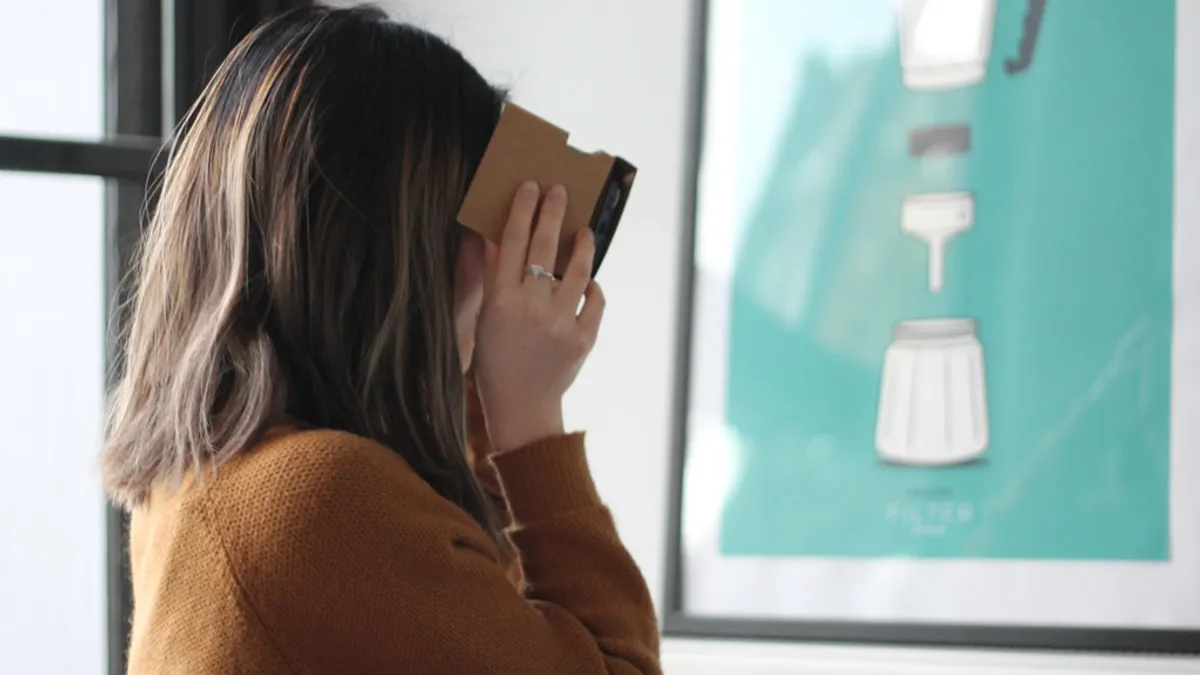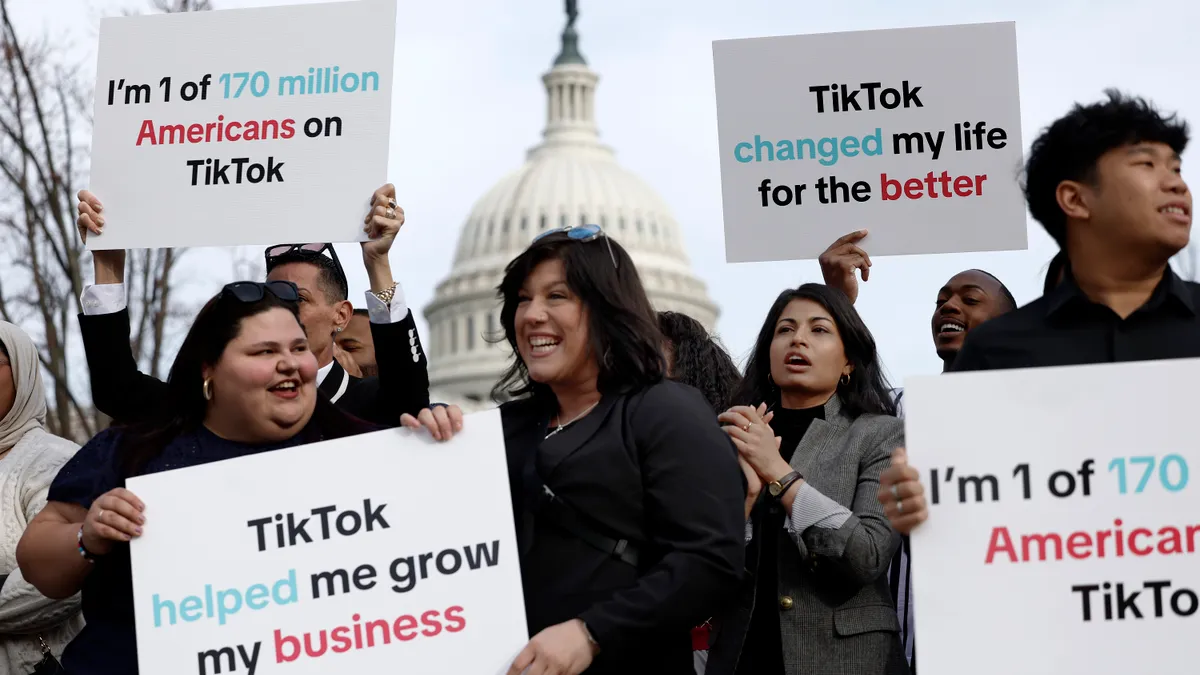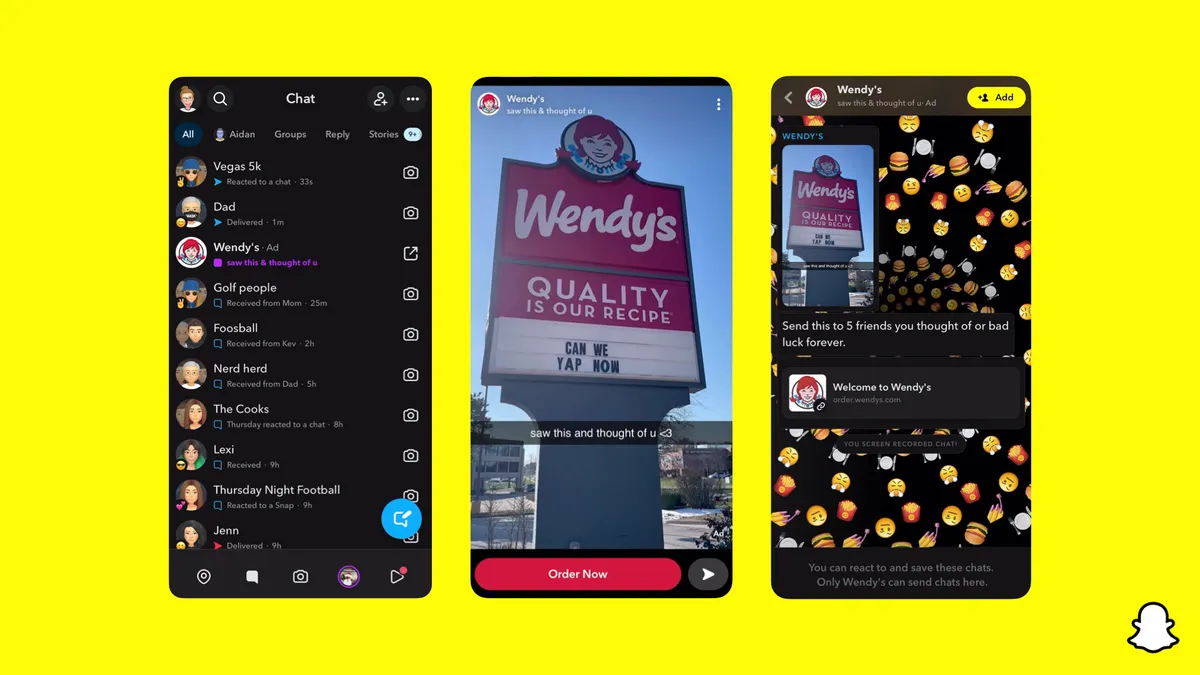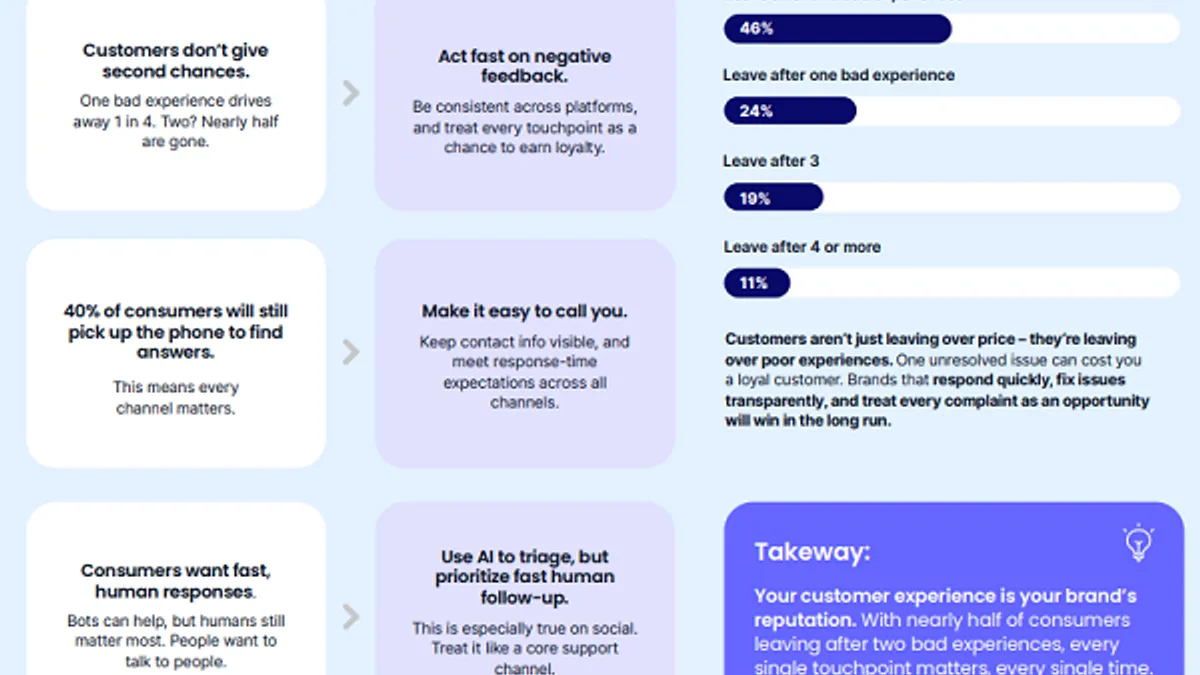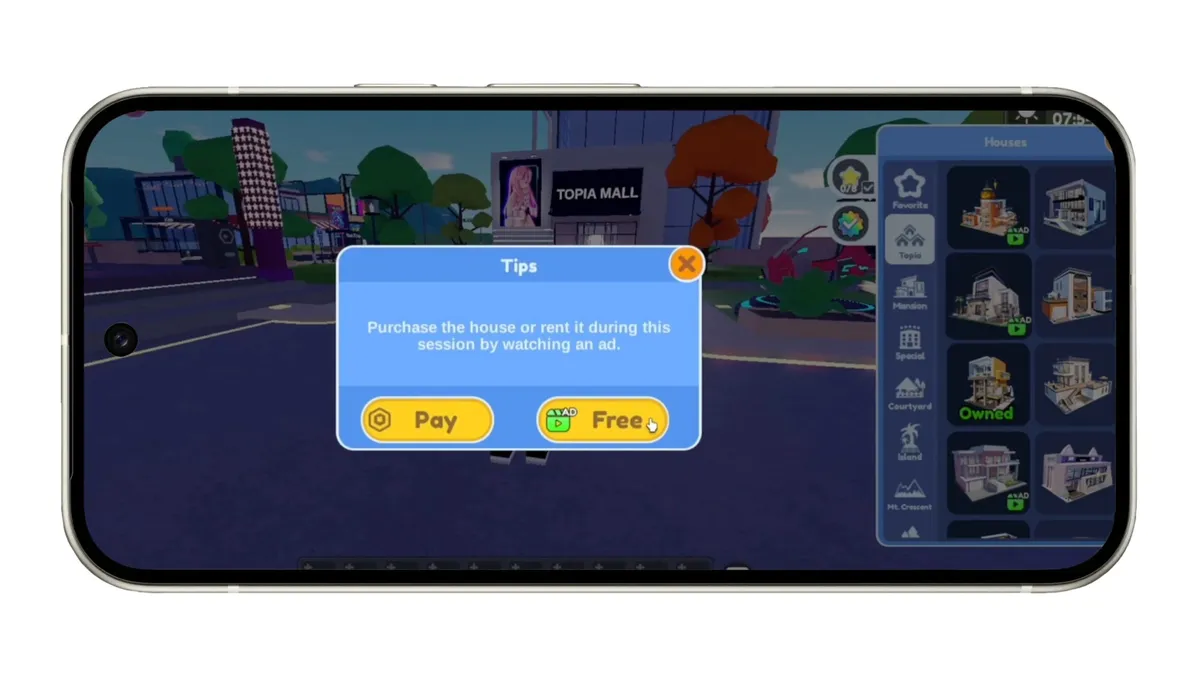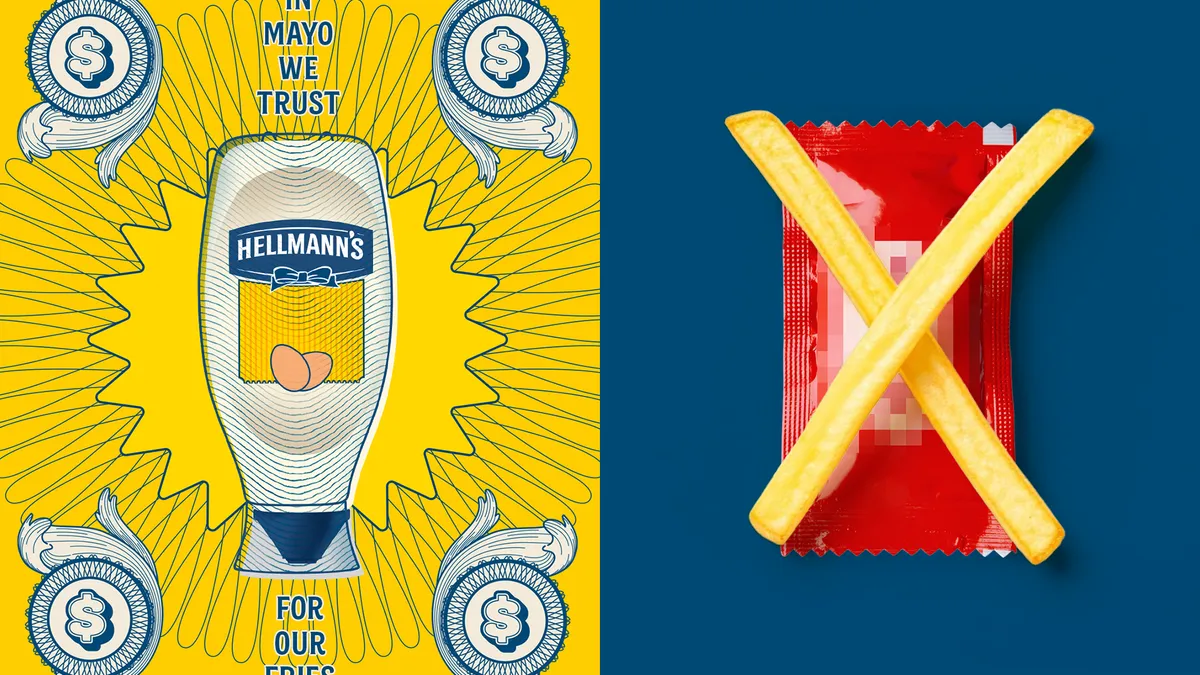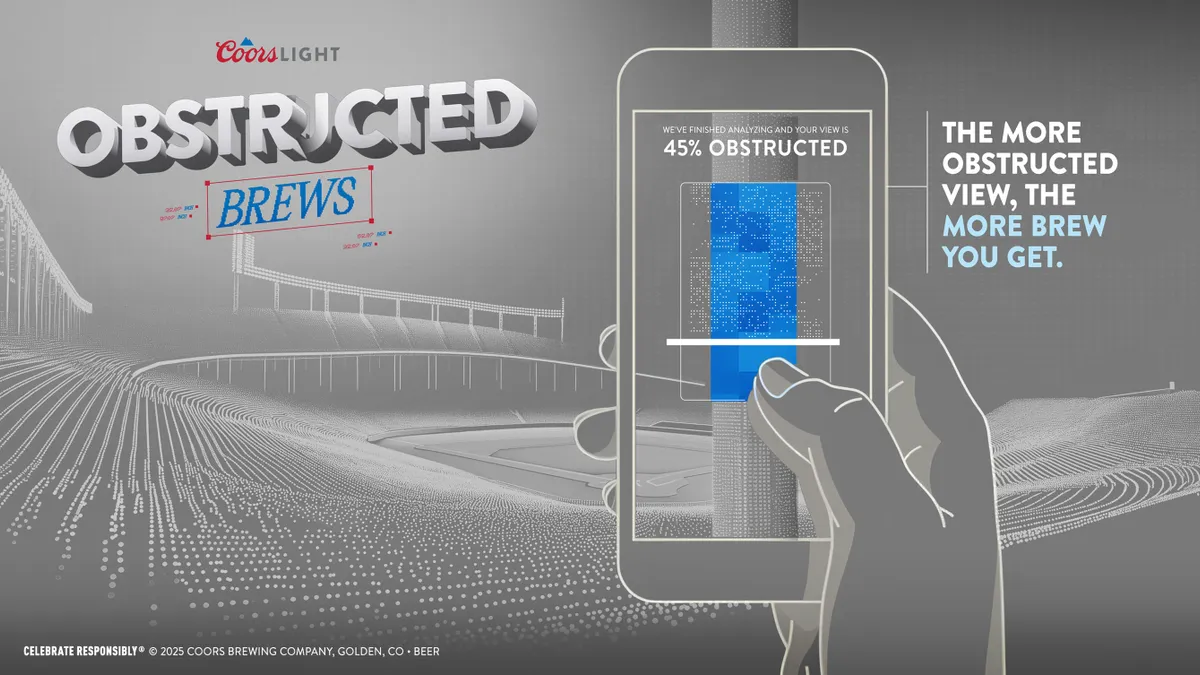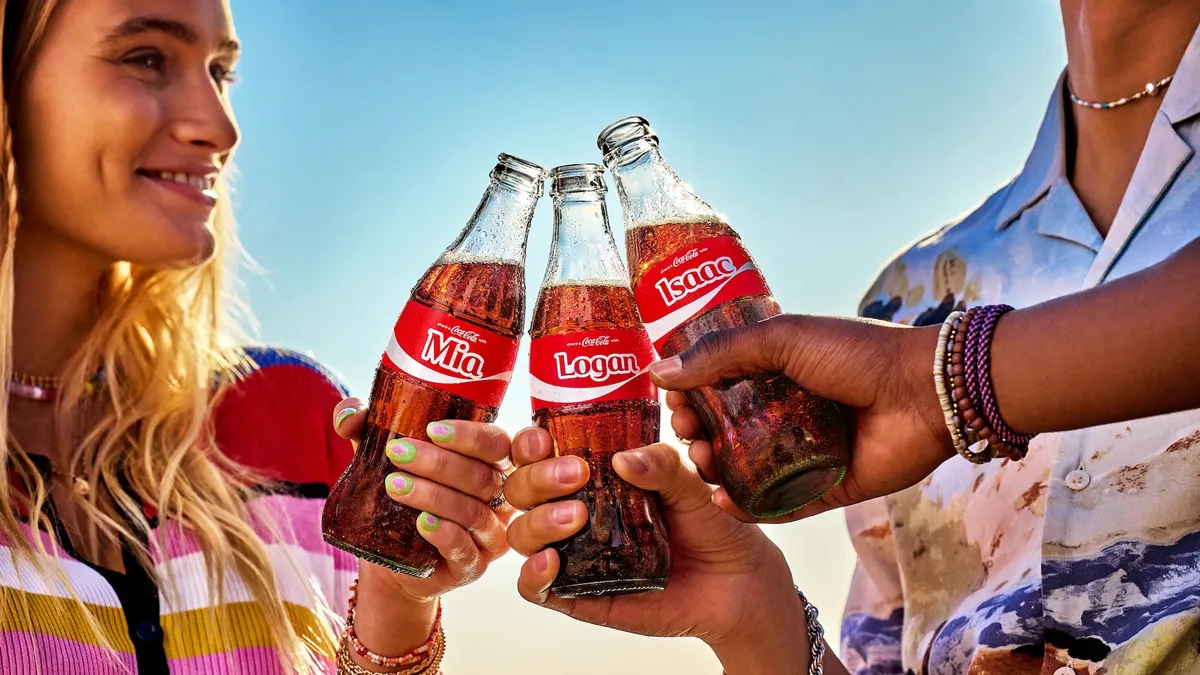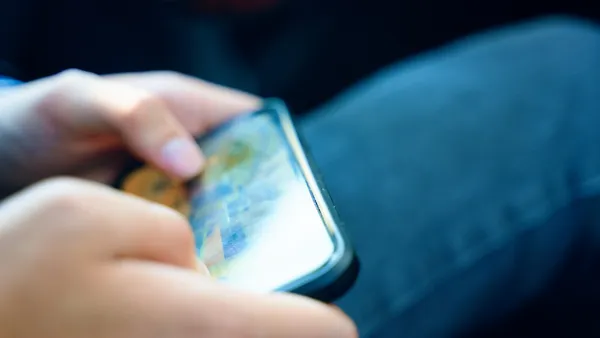Augmented reality (AR) quickly gained as a buzzword in 2017 as numerous marketers tested the strategy. According to several experts, brands have hit just the tip of the iceberg when it comes to opportunities the tech presents, but there's also still plenty of uncertainty over where the space could be headed in the year ahead.
Brands across a range of categories including home décor, sports, beauty and beverages have tapped AR to bridge the online and offline worlds in a mission to move beyond passive marketing ploys and build dynamic, immersive experiences that stoke customers' senses and produce a new level of engagement. However, it takes time for consumers to get comfortable with fresh technology, and according to Fetch Media's executive creative director Octavio Maron, early AR use cases on social platforms and Pokémon Go are "the lowest hanging fruit," serving as gateway opportunities for consumers to discover and experiment with the tech.
To get customers to try new AR experiences — and ultimately return — it'll all come down to how well marketers can converge innovation, entertainment and practical functionality.
"Let's not forget that viewing the world through our phones can be as limiting as it is inspiring," David Hewitt, SapientRazorfish's vice president of consumer experiences, told Mobile Marketer. "AR can be exhausting to engage in as a first-person viewer, especially for longer periods of time. Holding our phones out as a viewfinder can get tiresome, and the augmented perspective can be disorientating.
"Longer term, expect more of our everyday glass and viewing surfaces, from countertops to store and car windows to be implemented with AR," he continued. "That's when it will get really exciting."
Instilling value
Some of the AR experiences released in 2017 were more entertaining than they were practical. For example, a Ben & Jerry's Facebook game from November let users virtually catch marshmallows in their mouths to boost buzz on social around its s'mores-flavored ice cream launch, and the NBA launched a game in October that let basketball fans shoot virtual hoops to appeal to sports fans, especially younger ones who have grown up with digital entertainment. Few engagement numbers have been released so far, but future efforts could start to find it more challenging to reach an audience once the initial excitement around the tech starts to wear off.
"Longer term, expect more of our everyday glass and viewing surfaces, from countertops to store and car windows to be implemented with AR. That's when it will get really exciting."

David Hewitt
Vice president of consumer experiences, SapientRazorfish
For the most part, users must opt in to each AR-powered experience through downloading an app or purchasing some sort of hardware. This friction could frustrate some users and turn them off the experience, so it's critical for marketers to consider consumer steps required to participate.
Despite challenges around how to provide frictionless experiences, industry forecasts suggest 2017 was just the beginning when it comes to marketers exploring how to utilize the tech. Digi-Capital estimates that the size of the market will balloon to $83 billion in the next five years.
The wave of brands adopting AR speaks to its potential in ultimately lessening friction in the consumer's path to purchase and also shows how the tech can boost in-app engagement and sales, particularly for those looking to harness younger, mobile-savvy consumers. Look for marketers to build on their initial learnings in these areas throughout 2018.
A shift in shopping
Last year was transformative in the mobile shopping space, with time spent on retailers' apps set to grow 45% from two years ago, App Annie estimates. New mobile tools like chatbots and AR at least partially contributed to this, as several brands hopped on the trend of incorporating the tech to let consumers more seamlessly explore and interact with products. Multiple beauty brands, including Estée Lauder and Lancôme, launched mobile app experiences that let users virtually try on makeup and make direct purchases without ever leaving the app.
But at least until the technology evolves, AR likely won't put brick-and-mortar stores out of business quite yet, as users still can't get a complete feel of the materials, comfort or quality from a digital rendering of a product. This system, however, has the potential to nudge customers toward a purchase or get them in a store to investigate further by offering a little more assurance that an item fits what a consumer is looking for.
This is what carmaker BMW was aiming for when it released a mobile app to let iPhone and iPad users inspect and customize its fleet of vehicles using AR and 360-degree video in a virtual showroom. The feature doesn't require special headsets to interact with the virtual car, which gives a larger number of consumers access to the feature. Consumers could then easily share their designs on social media or click a link to BMW's website to contact a dealer, which could drive sales for the car company.
In the same vein, furniture shopping also saw major innovation in 2017, with Houzz, Lowe's and Swedish retailer Ikea releasing AR-based mobile apps to enhance in-store and mobile shopping experiences. Armed with a smartphone or tablet camera, shoppers can virtually place furniture or home accessories in a room to get a sense of how it might fit or look in the space before buying, alleviating some guesswork and aiding traditional measuring methods.
Part of what made some of the most interesting AR experiences possible was the rollout of Apple's ARKit. The framework for developing AR apps for iPhones has made the immersive tech more accessible and less resource-intensive to develop.
"Apple's ARKit has given CPG brands a new way to be inspired with the ease of placing products into our environments and then being a tap away from purchase. Beyond some immediate areas of opportunity like entertainment, messaging, gaming and home shopping, AR has a ways to mature," Hewitt said.
Apple's effort to more seamlessly integrate AR capabilities into its newest devices, along with the company's history of popularizing technology by making it more user-friendly, signals that there could be growing use of AR in brands' mobile strategies down the road.
Though AR was the red-hot tech of 2017, adoption of ARKit has been a bit slow to catch on so far, with Apple saying that out of the App Store's three million apps, just 2,000 are ARKit-enabled. However, that doesn't mean AR apps face a grim future. Rather, this suggests that the nascent tech might simply need more time before it becomes a truly mainstream tool. Google also released a similar technology in August in response, and its ARCore framework — along with Apple's ARKit — points to a potential plethora of new mobile AR apps popping up in the year ahead.
The gateway technology
Social platforms like Snapchat have helped to drive major growth in the adoption and awareness of AR, according to Hewitt, with the photo-sharing app bringing "high fidelity animations mapped to our faces [and] spicing up peer-to-peer connections."
Weaving AR into social is a natural progression for brands, as virtually all of them have utilized social media in some way in their marketing for several years. Current, static social efforts can be elevated a notch by weaving in dynamic AR features like playful filters, camera effects and animations that add a dash of entertainment to a brand's mobile experience. These activations are likely to ramp up in 2018 but brands will need to find a way to create more robust engagements or consumers could start to get bored.
"The novelty of placing animated dinosaurs in an augmented space will certainly wear off, however AR represents a new creative freedom for the age of digital self-expression that we are now in," Hewitt said. "At the end of the day, AR is just an enabling technology, albeit a potentially very engaging one at that. Applying great creativity, frictionless onboarding experience and dynamic content is key."



